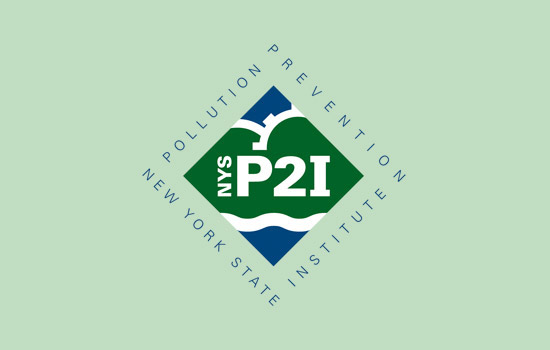New York State Pollution Prevention Institute Awards Grants for Green Technologies to Researchers at RIT and UB
More than $150,000 headed toward research in sustainable technologies
As part of its 2010–2011 research and development grant program, the New York State Pollution Prevention Institute has awarded three research and development grants each totaling approximately $50,000 for the first year of research to the Rochester Institute of Technology and the University at Buffalo.
Two grants were awarded to RIT. Researchers Callie Babbitt and Gabrielle Gaustad from the Golisano Institute for Sustainability at RIT will focus their research on environmentally benign battery recycling processes. Their project will compare cost, performance and environmental impacts of bio-based leaching agents as compared to the harsh inorganic acids normally used in battery recycling. Robert Stevens from the mechanical engineering department will research high temperature thermoelectric device testing for waste heat power generation. Stevens will design, build and validate a testing platform to support the developments of high-temperature thermoelectric materials across New York.
At the University at Buffalo, Sarbajit Banerjee from the chemistry department will work with Graphene Devices of Williamsville, N.Y., to further develop an environmentally friendly alternative to hexavalent chromium coating. The goal of this project is to provide the local metal finishing industry access to novel coating technologies that are simultaneously cost-competitive and environmentally more benign as compared to hexavalent chromium without compromising either corrosion or wear resistance.
“The three award recipients have the capability of delivering quality research in their respective fields,” says Anahita Williamson, director of NYSP2I. “The research funding through NYSP2I is designed to further stimulate research efforts and develop innovative solutions in the broad categories of sustainability and pollution prevention.”
NYSP2I administers an annual research and development program, awarding more than $300,000 to date. Previous awardees include Stefan Grimberg of Clarkson University, who worked with Alcoa to demonstrate the feasibility of a “green courtyard” to consistently remove fluoride from storm water. A second award was granted to S. Manian Ramkumar, who led a team of researchers at RIT’s Center for Electronics Manufacturing and Assembly to investigate formulations of a novel anisotropic conductive adhesive to resist moisture. As a result, one promising anisotropic conductive adhesive composition has been developed.
“Anisotropic adhesive has significant environmental and performance advantages but is still in the early stages of development and usage in commercial manufacturing processes,” says Ramkumar, the director of the Center for Electronics Manufacturing and Assembly. “This project provided additional testing of the material to improve overall performance and enhance additional commercialization and use.”
NYSP2I’s 2011–2012 research and development request for proposals will be announced in the coming months. Researchers at all four of NYSP2I’s partner universities—RIT, Clarkson, Rensselaer Polytechnic Institute and University at Buffalo—are eligible to participate. More information regarding NYSP2I’s research and development program can be found at The New York State Pollution Prevention Institute website.
NYSP2I, which is funded by the New York State Department of Environmental Conservation, is a statewide research and development center led by RIT and focuses on developing and implementing new pollution prevention technologies and sustainable design solutions in New York state through several programs, including direct technical assistance to companies and targeted community grants.














